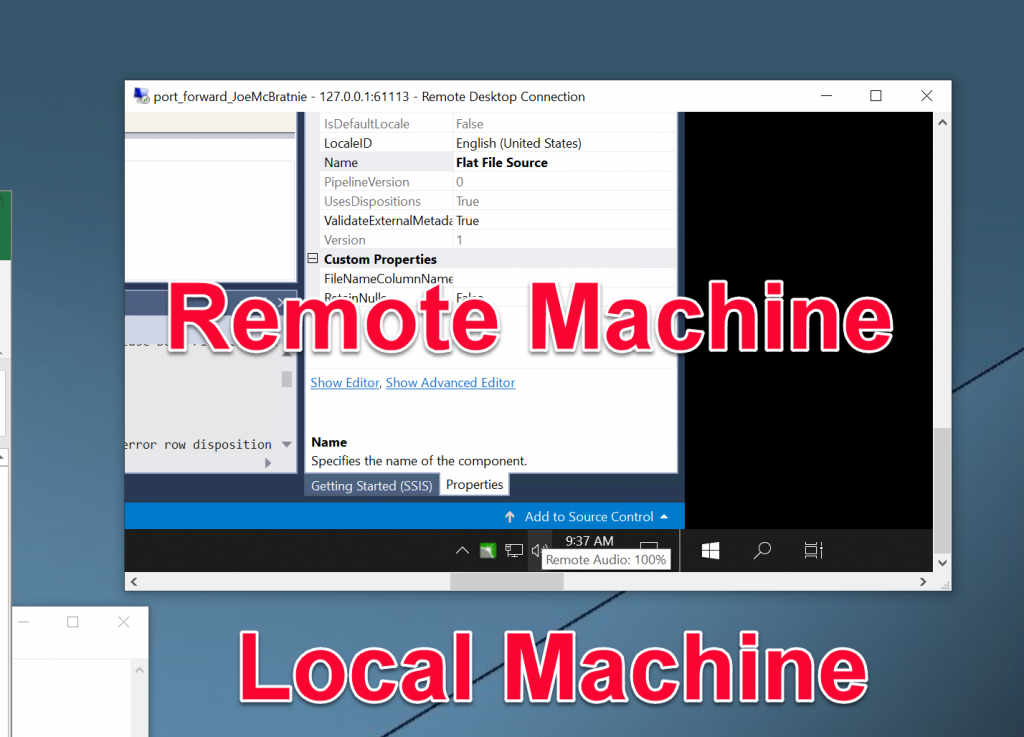Not often lately, I have been able to do general IT work. So, let me explain the scenario. I got an email from my boss to call this person and find out what they want from the server. Ok, that is crazy wide open.
I make the call, and the guy explains we connect to your server to use our application. We are building training videos for all our applications. I think, wow, this is cool and progressive of this group. But firefighters are all about the training. They get the benefit of having it. He continues to explain how they make the training videos.
We connect to your server, start PowerPoint up and start a screen recording. But we cannot copy the video back to us, and when we play it back, we have not sounded like our other videos. Obviously, this works. They are doing it on their other videos. Frankly, I did not know that PowerPoint could do this. I use TechSmith, SnagIt to grab screenshots and videos. I look up how this happens. Just in case you do not know. Insert menu, and on the right end of the toolbar, you have screen recording.
 The real problem is why not sound and, better yet, how to access the video on the server. First, the term server is incorrect, but that was the term he was using. The correct term is remote PC. They use this to access fire records. My choice here is to change the policy on the remote PC. They are controlled by the network team and greatly locked down. I start writing this up to explain to my boss when my out-of-the-box lightbulb goes on. What if….
The real problem is why not sound and, better yet, how to access the video on the server. First, the term server is incorrect, but that was the term he was using. The correct term is remote PC. They use this to access fire records. My choice here is to change the policy on the remote PC. They are controlled by the network team and greatly locked down. I start writing this up to explain to my boss when my out-of-the-box lightbulb goes on. What if….
The “what if” here is she can capture a screen on his local machine and show the remote machine window at the same time. Well, yeah, why not. I do it all the time. So, I call him back, and he is recording on the local machine and working on the remote machine, and getting audio. This looks like a window in a window.
 Why is this even important? IT professionals need to learn and master some important skills.
Why is this even important? IT professionals need to learn and master some important skills.
Listen closely to the problem. When on a call like this, I spend about 80% of the time just letting them talk.
Once they are done, I restate the problem to make sure I hear it correctly. When restating the problem, avoid tech terms, avoid correcting them on the terms they are using for now. And most importantly, avoid the take action step.
The next step is to document the issue. In this case, we had no ticket yet. But I needed to explain to my boss what I have found.
Now we start on the solution. The first solution was the easy IT one. Change it. Then, I start looking for better, less resistant solutions that are non-standard but solve the problem without making a huge change that would take weeks to complete and a lot of arguing with other IT people. AKA applies a little “out-of-the-box thinking.”
But before we leave this completely, we have a few more steps. Deliver the solution, call the fire guy that reported the problem, explain the solution, and have them try it.
This entire process was about 40 minutes long, from the first call to the second call. The communication on the phone is the bulk of the process.
The final step is the close the issue. In this case, send an update to the boss stating resolved if it was a ticket report to the ticket and close the ticket.
Communication is what IT needs to be about and what we do. And what working with a professional IT person is about. Let’s get working together.